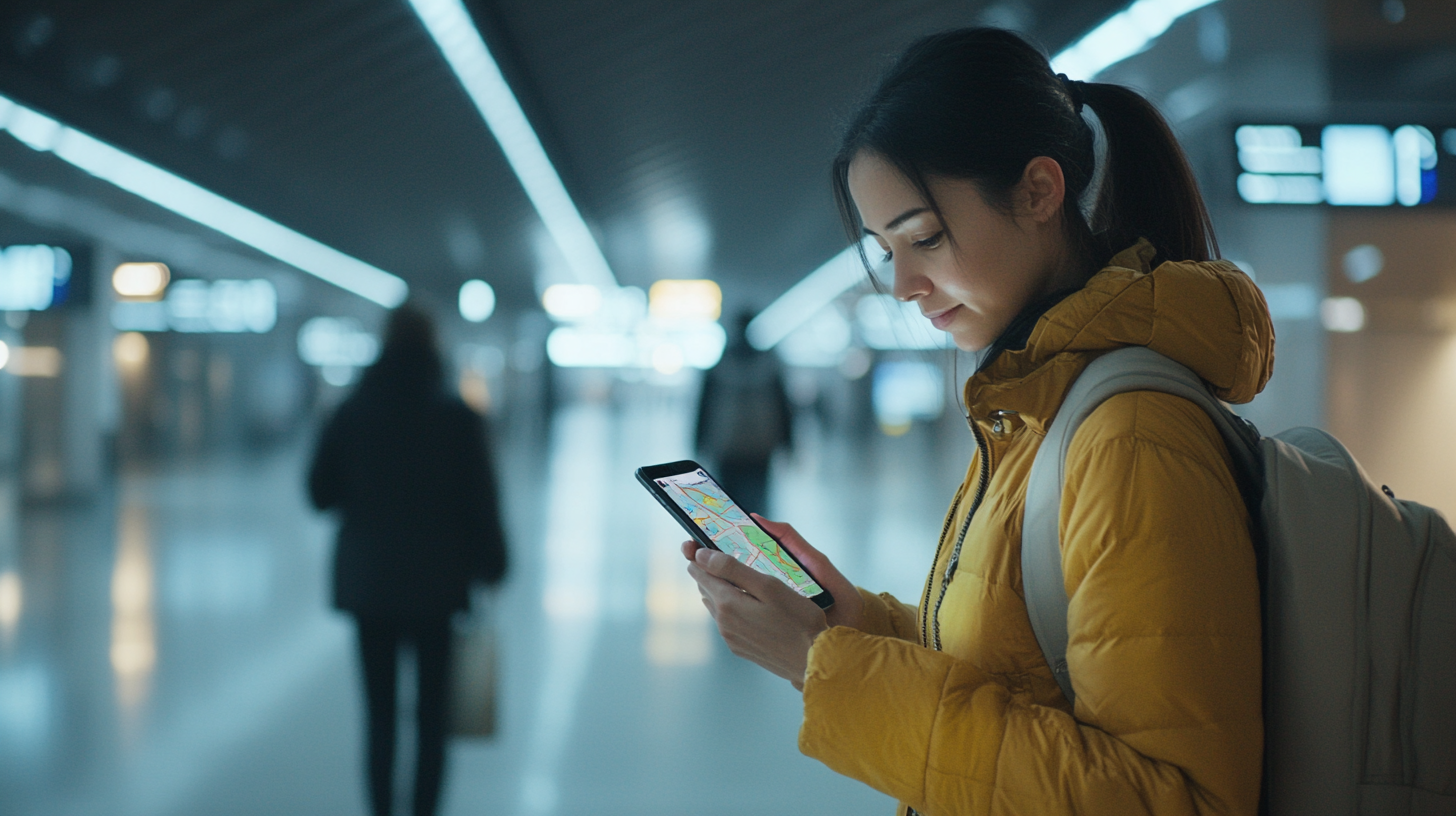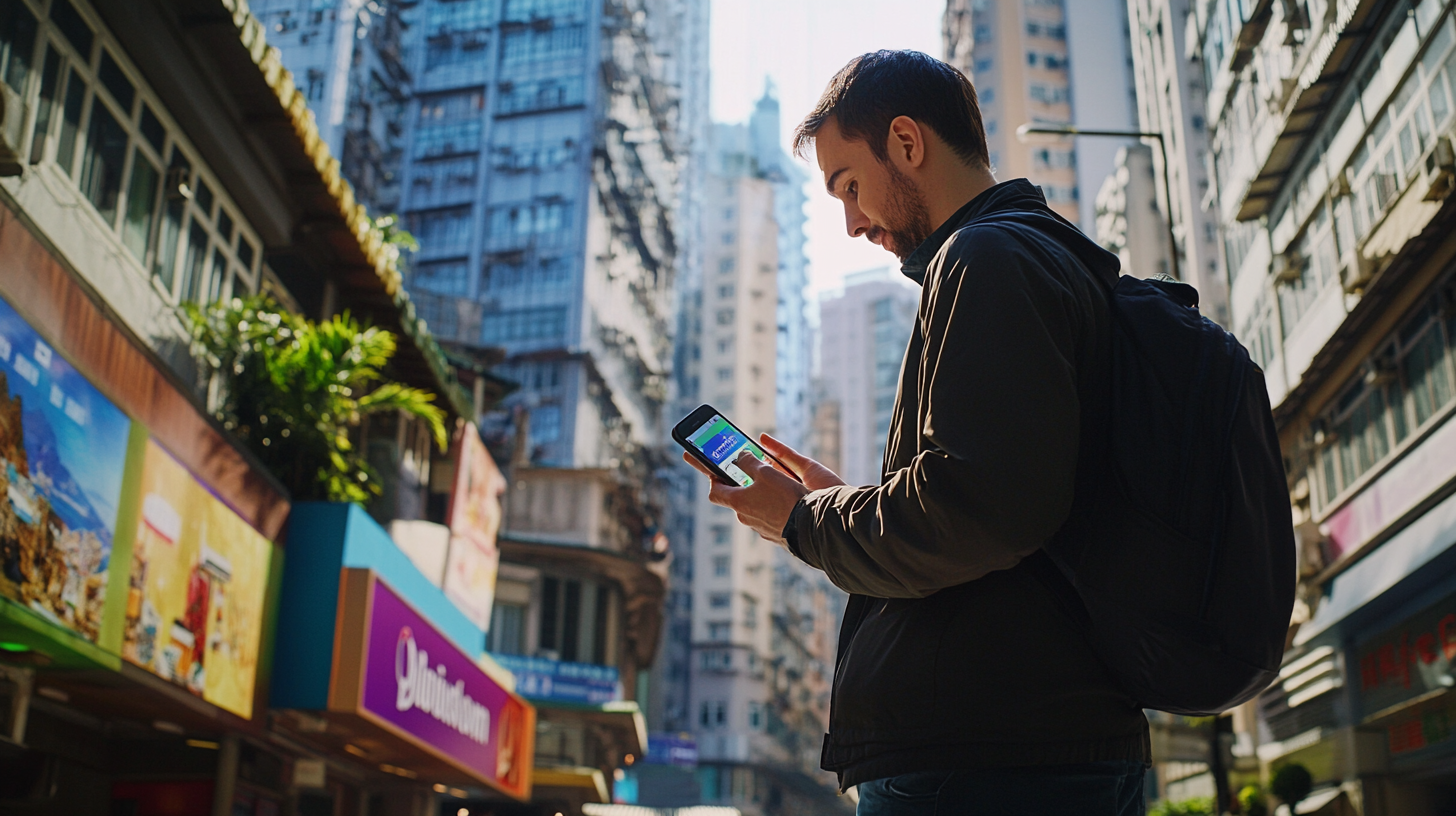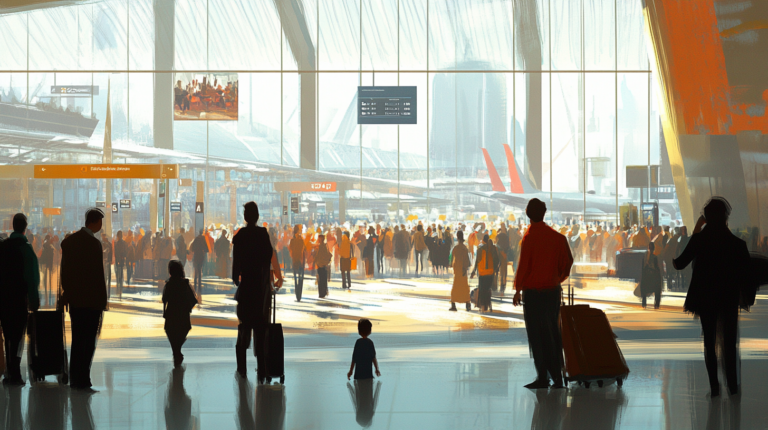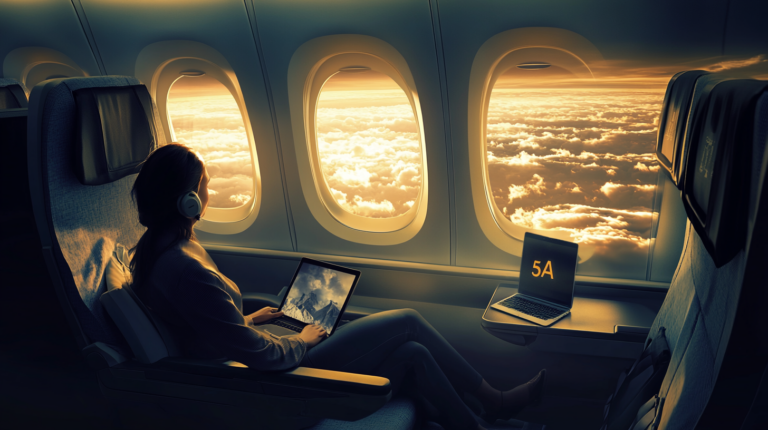10 Must-Have Apps for Savvy Business Travelers

I’ve always believed that business travel shouldn’t just be about rushing from one conference room to the next. In my own journeys, I’ve found that having a trusted set of apps can offer a sense of control and keep the experience enjoyable—so that the focus remains on your goals, not merely on logistics. According to a 2024 study by the Global Business Travel Association, professionals spend an average of four working days a month on the road or in the air, making efficiency a true necessity. Below, I’m sharing a curated list of travel apps that I’ve grown to rely on over the years.
1. TripIt

TripIt integrates all your flight, hotel, and car rental confirmations into a single, centralized itinerary. I appreciate how it spares me from rummaging through emails moments before boarding. A 2025 industry report found that 68% of frequent travelers prefer solutions providing real-time alerts, which TripIt does brilliantly. It sends notifications for gate changes, delays, or cancellations, so you can adjust on the fly if something unexpected happens.
In my own travels, this app is practically indispensable. I’ve observed countless times when fellow passengers scramble to find the right document or check-in code, while I simply open TripIt to retrieve the details I need. If you’re someone who likes a backup plan, TripIt also syncs effortlessly with calendar apps, ensuring your schedule is front and center.
2. Google Maps

As a long-time supporter of technology tools—especially those shaped by diverse and global teams—I find Google Maps transformative for navigation. When I’m in unfamiliar cities, the app’s real-time traffic insights help me circumvent jams and stay on schedule for important meetings. According to a 2023 mobile usage survey, over 70% of international travelers count on digital maps as their primary orientation tool.
Beyond just directions, I love how Google Maps allows you to download offline maps, ideal for regions with spotty coverage. During one trip in Southeast Asia, I found myself off-grid, but my pre-downloaded map helped me confidently find local cafés and coworking spaces. Little moments like that remind me of the power of a well-designed mapping tool.
3. Expensify

Tracking receipts can be one of the biggest headaches in business travel. Expensify automatically converts images of receipts into digital records, a lifesaver if you’re juggling multiple currencies. According to a 2025 financial management report, businesses that automate expense tracking save an average of 15% on reimbursement oversights and inconsistencies.
Personally, I’ve used Expensify on trips to Europe, where I encountered everything from taxi receipts in German to meal invoices in Italian. The app made quick work of digitizing each receipt before I even left the restaurant. For those looking for alternatives, QuickBooks and Shoeboxed offer comparable features, and it’s always smart to have a backup plan—particularly for cross-border finance management.
4. LoungeBuddy

After experiencing a series of loud and chaotic boarding gates, I turned to LoungeBuddy for relief. If you’ve ever needed a quiet corner to finalize a presentation, you know how valuable a good lounge can be. LoungeBuddy maps out airport lounges worldwide and tells you which ones you can access based on your ticket class or membership.
I still recall how this app saved me during a long layover in Dubai. Instead of wandering through endless duty-free shops, I quickly found a lounge where I caught up on emails and recharged my devices—and myself. User reviews within the app have also guided me to lounges with the best amenities, like fast Wi-Fi or even spa services. It’s the perfect ally for frequent flyers wanting a calmer travel experience.
5. Citymapper

Citymapper goes beyond typical map solutions by combining buses, subways, ride-shares, and even bike rentals into a single interface. When I’m heading to back-to-back meetings in major cities, this localized approach ensures I choose the fastest or cheapest route, depending on my priorities that day.
During a recent trip to London, I tested several transit apps, and Citymapper consistently stood out for its hyper-accurate schedule updates. According to user feedback from mid-2024, 80% of Citymapper users appreciate the step-by-step instructions, complete with real-time changes. Whether you’re in need of a bus connection or the nearest electric scooter, having a hyperlocal resource can truly smooth out the busiest itinerary.
6. TimeShifter

Jet lag can obliterate productivity, especially on short work trips. TimeShifter crafts a personalized plan based on your sleep patterns, flight times, and exposure to light. The science behind circadian rhythms is fascinating—something I dove into when I first tried to counter my own jet lag on transatlantic flights.
According to a 2025 medical research paper published by the Sleep and Circadian Sciences Institute, even a two-hour disruption in your internal clock can impair cognitive functions by up to 20%. In my experience, following TimeShifter’s suggestions helped me feel more awake for early morning briefs, letting me deliver better results in crucial meetings. It’s one of those innovative tools that merges technology and biology to serve modern travelers.
7. Navan

Formerly known as TripActions, Navan stands out for its capacity to integrate travel policies and loyalty programs with itinerary management. Finance teams often praise its real-time expense controls. I’ve used it in collaborations with startups that prioritize cost efficiency yet still want to empower employees to book travel autonomously.
A 2024 corporate travel study revealed that companies using centralized booking and expense solutions cut administrative costs by approximately 12%. For me, Navan’s streamlined interface and customizable dashboards have been excellent for reconciling flights, hotels, and ground transport. It strikes a balance between corporate oversight and traveler convenience, ensuring every trip remains on budget and on brand.
8. CamCard

Physical business cards still hold their charm, but CamCard acts as a gateway to modern convenience. I’ve lost count of how many networking events left me with a stack of cards stuffed in my bag. With CamCard, you just snap a quick photo, and the details go directly into your digital Rolodex.
In my travels, I’ve met countless individuals from all corners of tech, including innovators in women-led startups building the future of AI-driven travel products. Having an organized contact list ensures I can follow up with everyone, from potential business partners to new friends. Best of all, I never have to worry about misplacing an important contact’s information.
9. iTranslate

For business travelers who regularly hop between continents, iTranslate unlocks multilingual communication. It’s not just about clarifying directions or ordering the right dish—it’s also about making deeper connections with local professionals. In my own journey through Asia, this app has helped me greet people in their native language, which often breaks the ice in business settings.
Some might prefer Google Translate, Duolingo, or DeepL, all fantastic alternatives. But I like iTranslate’s user interface and quick voice translation features. A 2023 language tech survey showed that travelers who use translation apps are 37% more confident when navigating unfamiliar cultural scenes. That boost of confidence can make all the difference in a high-stakes negotiation or an international conference.
10. Booking.com & Airbnb

Flexibility is paramount for anyone who travels extensively. My schedules often shift at the last minute, so I appreciate platforms that let me secure lodgings on the fly. Booking.com is reliable for traditional hotels, and Airbnb offers unique accommodations that make me feel more at home while traveling for work.
Over the years, I’ve seen specialist options like Airbnb for Work gain traction among colleagues who want corporate-friendly houses or apartments. And if your plans really go sideways, HotelTonight can be a lifesaver for same-day bookings, while SpotHero or GasBuddy can assist with parking or fuel options if you’re on a road trip. These apps ensure you stay flexible, even in the face of shifting agendas, canceled flights, or extended stay requirements.
Final Thoughts
All of these apps illustrate how technology can transform routine business travel into something smoother and more meaningful. From syncing expense reports to deciphering street signs in a foreign language, these solutions free me to focus on why I’m traveling in the first place: building relationships, closing deals, and immersing myself in new environments.
While I’ve witnessed how each of these tools has evolved and improved over the years, I’m also excited for the future, where emerging tech—like augmented reality navigation or biometric check-ins—will make traveling even more seamless. Whether you’re flying out monthly or managing a global consultancy, there’s something on this list to enhance productivity and enjoyment alike.
Amelia Yeaher’s Take
In my view, travel—business or otherwise—is about combining knowledge and curiosity with real, actionable tech solutions. I’ve spent countless hours experimenting with new ways to streamline the flying experience, and these apps have made a tangible difference in my day-to-day work life.
Ultimately, I find that every new innovation helps me stay connected to the core reason I travel: to explore, learn, and build connections that matter. That’s what keeps me engaged in discovering the next breakthrough idea that will transform our journeys yet again.
Seat5A is where you can find more insights on unlocking the best of travel.






